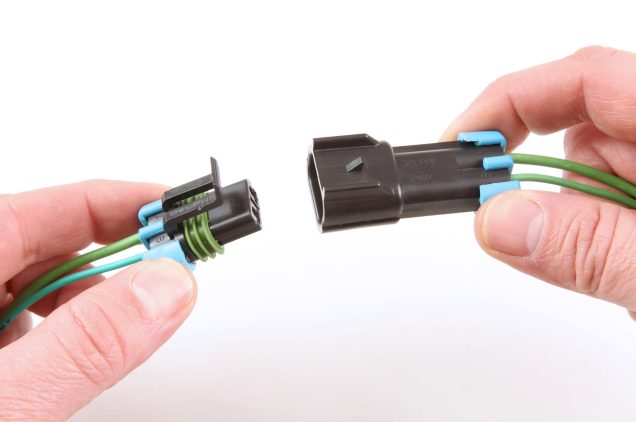An electrical connector is an electromechanical device Used to join electrical conductors and create an electrical circuit. Most electrical connectors have a gender – i.e. the male component, called a plug, connects to the female component or socket.
Types of Electrical connector
- Board-to-Board Connectors
Board-to-board connectors are used to connect PCBs without a cable. The board-to-board connectors can save space on cables, making them suitable for systems with limited space.
- Wire/Cable-to-Wire/Cable Connectors
wire-to-wire connectors connect two wires, as the name suggests. One end of the connector is permanently connected to the wire. The other end of the connector forms a separable interface. The permanent connection can be made using either crimping or insulation displacement contact.
- Wire/Cable-to-Board Connectors
A wire-to-board connector, as the name suggests, connects a wire/cable to a PCB. The wire connections are similar to the ones used for wire-to-wire connections, and the board connections are, for the most part, press-in or soldered two-piece connectors; although, some card edge versions remain in use. The mating interface for the separable connection may be identical to that of a wire-to-wire connector from the same product family.
For more information or assistance during normal business hours, call or e-mail TPS at the phone number above. You can also complete and submit our Service Project Inquiry form.

